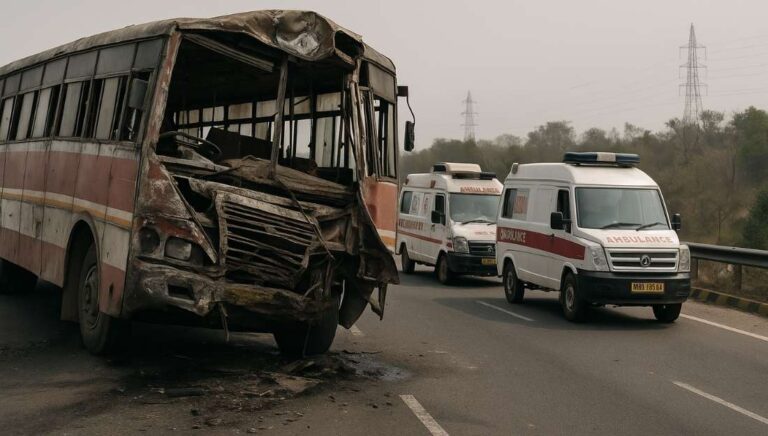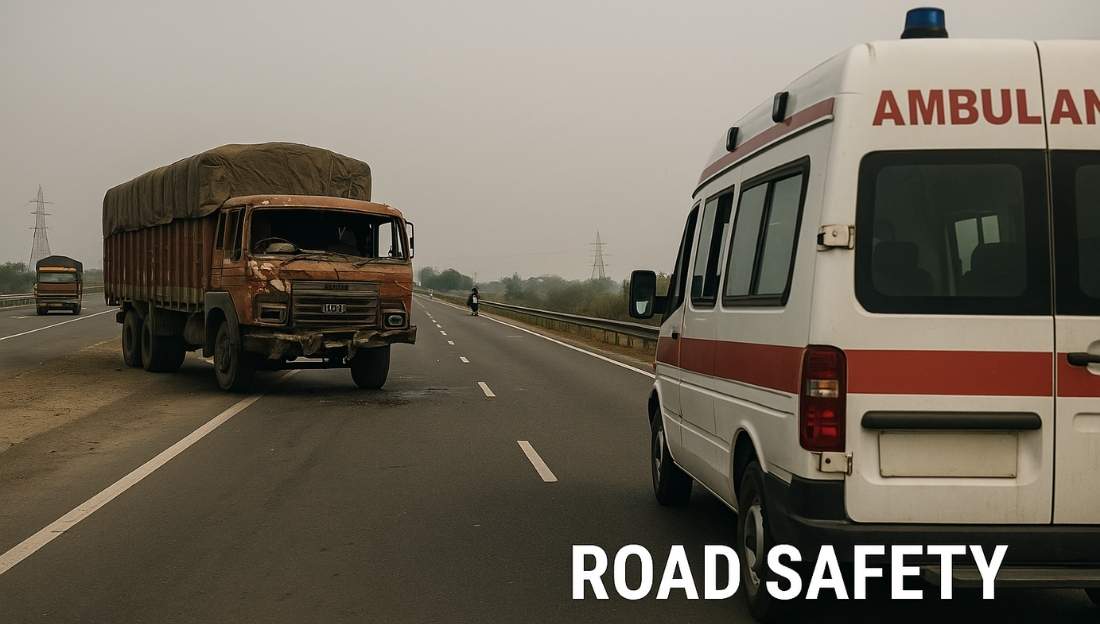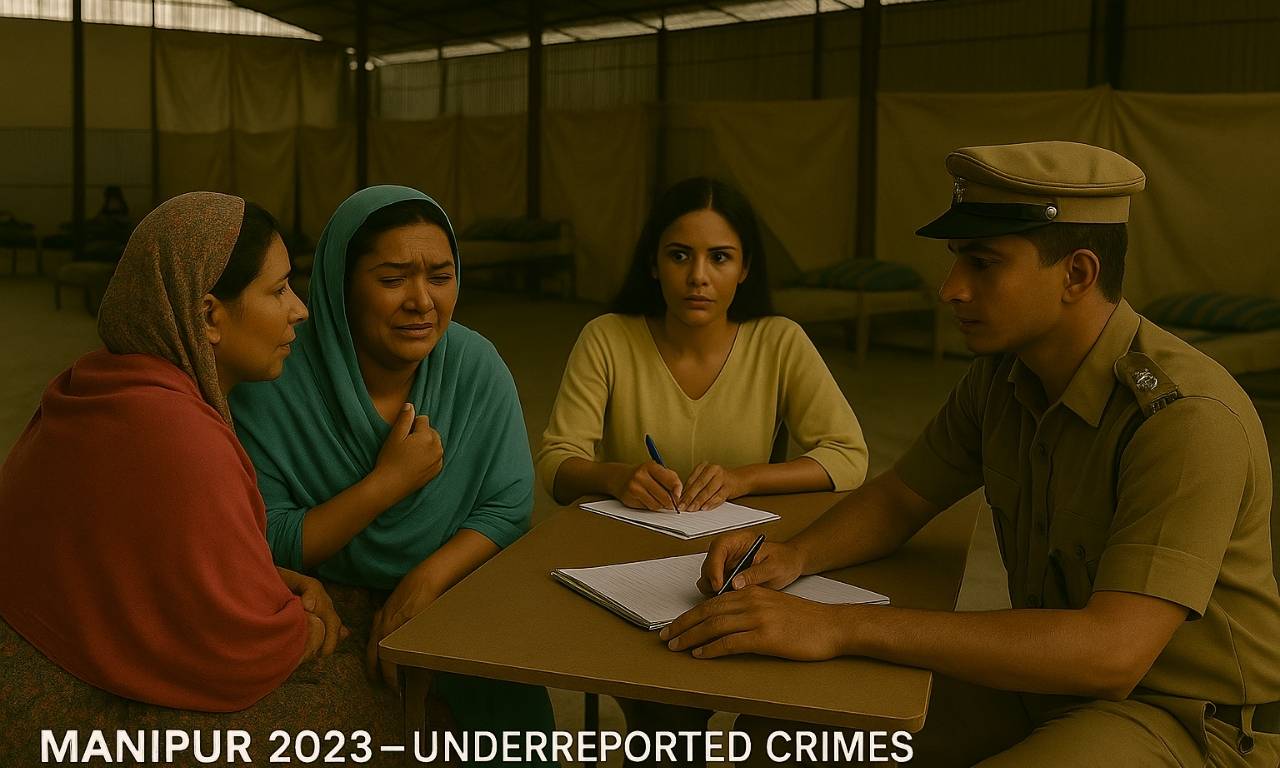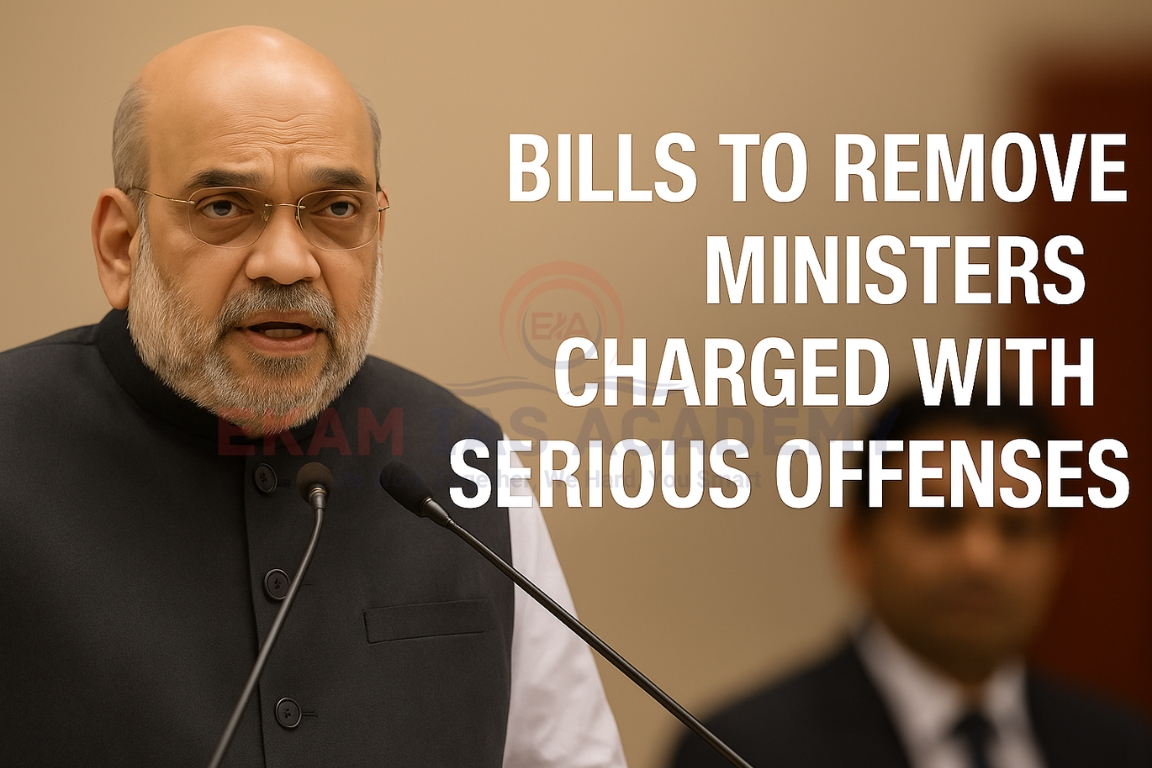India has one of the highest numbers of road accident deaths globally. Despite policies, awareness campaigns and legal reforms, the country continues to struggle with a weak road safety ecosystem.
Why in News?
- The Supreme Court recently took note of two major road crashes in Rajasthan (44 deaths) and Telangana (19 deaths).
- Over 1.7 lakh lives were lost in 2023 due to road accidents, highlighting deep gaps in India’s road safety framework.

Structural Gaps
- Licensing and training should act as the first filter against unsafe driving, but in India they are often treated as formalities.
- Many drivers obtain licences without proper training or standardised testing.
- Post-licensing monitoring—to check physical fitness, eye health or mental alertness—is largely absent.
- Fatigued drivers or those with health issues often operate heavy vehicles, endangering passengers.
Poor Enforcement Standards
- Speeding, drunk driving, lane violations, and overloading are major contributors to fatal crashes.
- Enforcement is inconsistent: Manual policing is weak and discretionary. Digital systems like automated cameras and radar are poorly integrated.
- Technology-driven enforcement, though emphasised by the Supreme Court, remains patchy across States.
Faulty Road and Infrastructure Design
- Problems include:
- Unbanked curves, damaged crash barriers, inadequate lighting.
- Sudden design shifts, poor signage, unmarked construction zones.
- Decades-old highways designed for lower traffic volume.
- Lack of regular maintenance, broken reflectors, potholes, and encroachments increase risk.
- Evidence shows that engineering-led interventions (e.g., Zero Fatality Corridor projects) can cut deaths by more than half.
Weak Trauma and Emergency Care
- Survival after a crash often depends on the critical “golden hour”, not the impact itself.
- Emergency medical response is uneven—rural areas face delays of over an hour.
- Many accident victims are moved by bystanders or police without medical support.
- Limited availability of trauma centres, blood banks and resuscitation facilities worsens outcomes.
- A nationwide Right to Trauma Care law could mandate faster and uniform emergency response.
NCRB
- Total road accidents in India in 2023: 4,64,029.
- Fatalities from road accidents in 2023: 1,73,826 persons.
- Injuries from road accidents in 2023: Approximately 4.47 lakh persons.
- Timing: 20.7% of the accidents occurred between 6 pm–9 pm (2023 data).
- Vehicle type: Two-wheelers accounted for the highest number of fatal accidents (79,533 deaths; ~45.8% of total) in 2023.
- Location: On national highways, 34.6% of fatalities occurred (2023).
Conclusion
India’s road safety failure is not due to a single factor but a combination of weak licensing, poor enforcement, unsafe road design, and inadequate trauma care. A coordinated national framework—combining engineering, education, enforcement, and emergency response—is essential to reduce preventable deaths.
This topic is available in detail on our main website.





